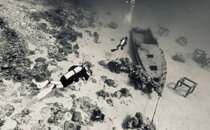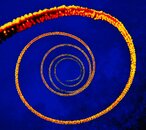Thomas Witt
Registered
Hi, I am somewhat new to underwater photography and have a camera tray with 1-inch ball joints built into the handles. To connect my Inon S2000 strobes I have used 2, 8" ball joint arms, which work well but are a bit challenging to adjust underwater, and then I have Inon ball joint adapters. I am looking into trying Flex arms with my setup, two Inon S2000 strobes connected to a camera try with 1" ball joints, thus meaning I need a flex arm with 1" ball joints on each end. After some digging, I had a hard time finding flex arms with ball joints on both ends that would allow me to use it with my setup, but I found the Locline Beneath the Surface 3/4" flex arm, and a 1/2" flex arm on leisure pro.
My main questions are:
What does the 3/4" and 1/2" mean in terms of the flex arm?
Are the ball joints 1" in diameter just like the ball joints on my camera tray and the inon ball joint adapters?
Thanks a bunch,
Thomas
My main questions are:
What does the 3/4" and 1/2" mean in terms of the flex arm?
Are the ball joints 1" in diameter just like the ball joints on my camera tray and the inon ball joint adapters?
Thanks a bunch,
Thomas







